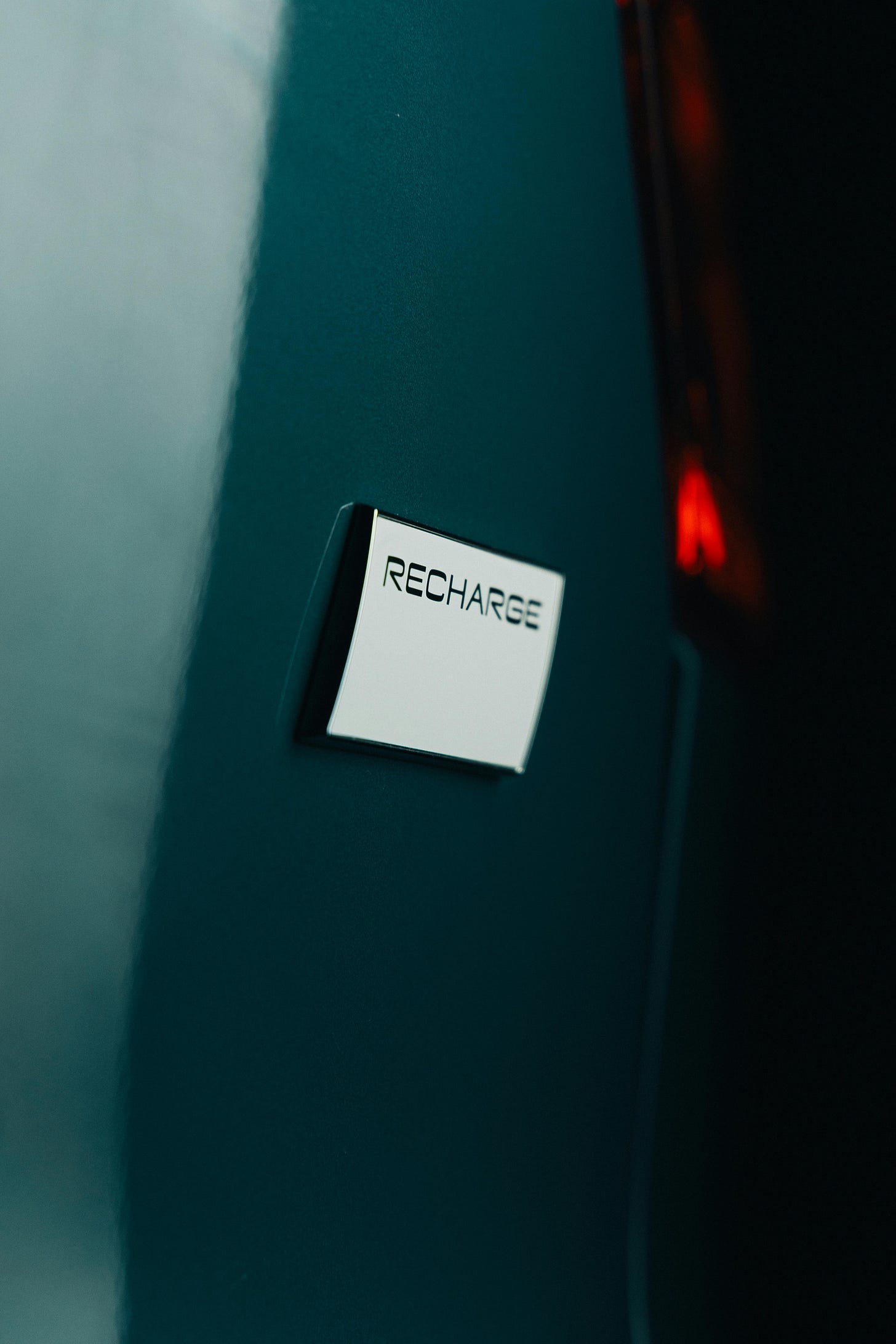Recently, I've been playing with the two concepts.
Rest and Restoration - should you view them differently?
One of the athletes I coach presented me with a great opportunity to separate rest and restoration as two distinct topics and behaviours.
In parallel, I was messaging a coaching friend about the balancing of stress and demand from doing difficult things, with a calming period to allow growth. Again, this led me to reflect on what this calming period should consist of.
"A change as good as a rest?" - is this true?
This classic phrase came to mind. It made me think about practical examples and the circumstances with the athlete.
Let's dig deeper as I brainstorm some definitions.
Rest period
The absence or dramatic lessening of activity.
A very low level or zero stimulus.
Likely following a period of very high stimulus.
Prevention of exhaustion.
Potentially low level of external engagement.
Restorative period
A change in activity that refreshes.
Stimulus, but low to medium rather than all-out.
Engages and motivates.
Maybe a novel activity.
No, or a fun/throwaway, element of competition.
Happily or perhaps positively seeks out external engagement.
An example of this in the short term is watching a track athlete cross the finish line.
They have undergone the highest of stimulus and effort.
Immediately after this effort, the urge for rest is highest.
Picture this athlete. Maybe they collapse to the floor. They close their eyes, perhaps crossing their forearms across their face. Externals are shut out. The movement is minimal. They are urgently focused on initial recovery.
However, once this immediate rest is achieved, they move to restoration.
A fellow athlete extends a helping hand so they can get to their feet again. They start to lightly jog. They engage externally as they congratulate others who they competed with. They feel better for moving and for being interactive with others. The efforts are kept simple and light. They reflect mentally on the recent challenge.
On a larger time frame, this can also be the case after a large block of multi-week training or a significant event. Perhaps even a high-stress life event. In the immediacy of finishing a major event, the desire is for rest. Low engagement, focusing on moving from the exhausted state. Steadily though, we seek out a different phase. We feel better if we start to move again. We grow as we enter a restorative period.
The challenge is applying both phases at the correct time and for the correct duration. Stay too long in rest and you will feel sluggish, restless, and claustrophobic. Move too early into the restorative phase and you will be too fatigued. It's too much too soon.
Reflections
Can you identify the differences for yourself between rest and restorative phases?
How do you react when you need rest?
How do you react when you need a restorative period?
Can you recall when you got this correct?
Can you recall when this was muddled?
What have you currently got in the future where you want to actively plan these distinct phases?
Feel free to share your own experiences. How does this concept land with you?






I really resonate with this, and I feel like there is a big difference between rest and restoration for me. I was injured recently, and was prescribed rest as a cure, but as you say in your post, when I rested for too long, I felt a sense of stagnation and it felt harder to get going again the longer I spent in the rest period. I started my recovery when I started moving again. As a result, I tend to favour restoration following a short rest period. Psychologically, this feels very important to me. Even if my restoration work is not directly related to my sport or practice, just doing something that can feed into it, or doing research and trying an activity that will help me down the track, building different mental or physical muscles and then feeding that back into my main practice feels useful. Thanks for breaking this down logically and asking the questions. It got me thinking! Mina